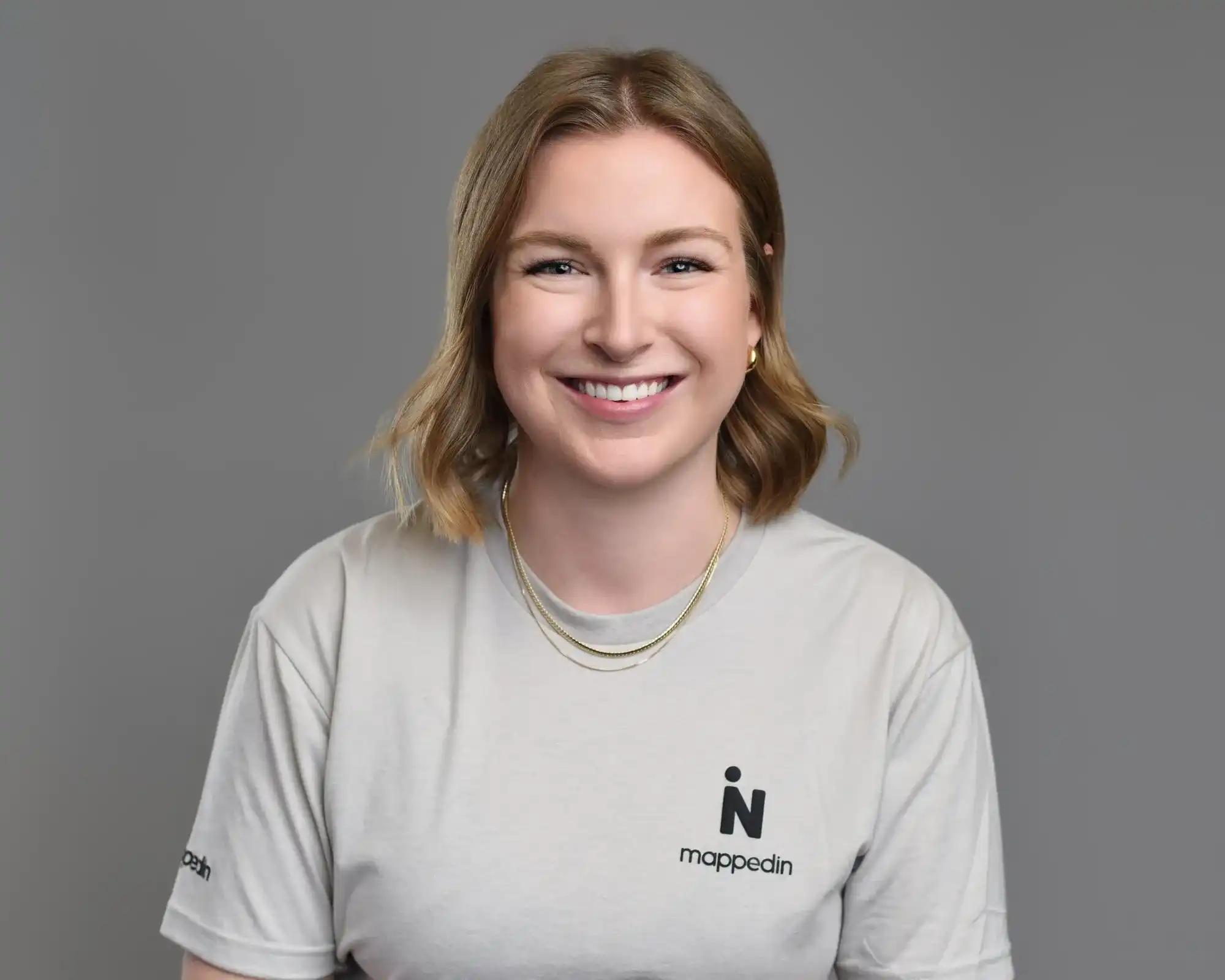While Smart Building technology has recently been discussed as it contributes to the heightened safety in supporting building re-openings, it also plays a long-term role in operational efficiencies, environmental impacts, and how we move throughout our day-to-day in the built environment. As a company that provides mapping software for these spaces, Smart Building technology has become an increasingly important function of our business.
Mappedin started working with ThoughtWire, a Smart Building technology provider for the built environment, a few years back. Through our partnership, we have explored the different components that are required to enable robust and valuable Smart Building infrastructure. With our integrated technology for offices and others alike, we're able to deliver Smart Building systems that can enable efficiencies and experiences never imagined before. Today, we look at three high-level use cases for how Mappedin and ThoughtWire are working together to deliver integrated Smart Building technology and how it can greatly improve the safety and efficiency of those moving through and managing Commercial Real Estate (CRE) spaces.
Contact monitoring & reopening
As offices, retail, and other buildings look to reopen following the COVID-19 lockdown, there is a need for new technology that aids in the safety of their visitors and occupants. Facilities teams are completely changing the way that cleaning schedules and sanitization practices are fulfilled, and operations teams are concerned about maintaining safe social distancing practices. Fortunately, there are companies working quickly to implement solutions that solve these needs.
By implementing mapping and real-time positioning software, these spaces can add contact monitoring to their day-to-day operations within a Building Intelligence Platform (BIP), such as ThoughWire's Precision Hub App that includes Mappedin's digital maps. When opted-in employees have come into contact with each other based on a set of spatial and temporal factors, they are notified and able to take necessary precautions. Additionally, Mappedin's wayfinding can take different variables into consideration when planning the best route. These considerations can include routing around areas that have been blocked off or hallways that are too narrow to maintain a safe social distance.
Reopening safely will require a collective effort and with the ability for building occupants to notify facilities and operations teams when they think an area needs to be cleaned, building owners, operators, and occupants can help maintain safe and healthy spaces. This technology is being implemented across a variety of buildings. In particular, we are seeing these systems integrated into BIP for offices, warehouses, and hospitals.

Day-to-day building management
With the introduction of integrated Smart Building software, facilities teams can receive notifications on their mobile devices while also tending to certain requests remotely. This allows them to make adjustments to building subsystems without needing to be in the physical space. For example, tending to temperature and lighting needs based on occupancy, is all made available by having an integrated Building Management System (BMS). The ability to set notifications and alerts when certain factors indicate that the temperature needs to go up or down, or that cleaning and sanitization is required in certain areas based on occupancy levels, allows these teams to operate smarter, more efficiently, and ultimately save money.
Additionally, with reopening at top of mind, enabling occupants to contribute real-time information about cleaning and sanitization that may be needed at a specific location, helps to uphold this efficiency while also implementing extra precautions to make occupants feel safer.
Occupant & tenant experience
There is a need within the CRE space to provide services and technologies to tenants that are unique from other spaces. As building owners and operators look to set themselves apart, thinking about the occupant experience is a must. With apps such as ThoughtWire's @WorkApp, occupants are able to discover their space and understand what is available to them. Whether meeting up with coworkers for lunch, submitting a work ticket for empty hand sanitizer, finding an available meeting room, or being notified of their evacuation route during an emergency, tenant experience apps take a similar approach to Mappedin in leveraging the Digital Twin of a venue and making everything accessible on a mobile device.
With the technology to create an engaged and safe workspace, landlords have the ability to offer something extra to their tenants and occupants. On the safety side, applications such as ThoughtWire and Mappedin's can provide emergency planning and routing. In large, highly populated buildings, this can have a huge impact on the safety of occupants and the efficiency of emergency workers servicing that building. This experience, along with finding a meeting room or space quickly, is enabled by a digital map foundation with Smart Building technology layered on top. This type of technology is geared both towards the owner/operator and the tenant/occupant.

In today's world, having a Digital Twin of your venue connects all of these systems together to optimize workflows and provide engaging experiences for occupants. While this alone is bringing value to Smart Buildings, there is even more value to be had from the real-time data generated out of these systems. This data provides new insights to optimize future processes and to further differentiate the tenant experience. We believe this technology is going to start setting venues apart from one another and influence decisions around leasing and overall property management.
Mappedin and ThoughtWire will continue working together to unlock the potential in this space and build integrated solutions for Smart Buildings. Our complementary technology provides a Digital Twin of your venue, enabling all of the above solutions for your space.
Tagged In
Share
